China's Central Banks Accelerate Gold Purchases Amid Global Buying Spree
Goldman Sachs Group reported that China added an estimated 15 tons of gold to its foreign exchange reserves in September, a significant increase from the 1.24 tons officially reported by the country's central bank. This development comes as central banks globally continued to purchase gold at an accelerated pace, with analysts estimating that they bought 64 tons of the precious metal in September, more than tripling from the previous month.
According to Goldman Sachs, the surge in gold purchases by central banks is likely a result of a seasonal summer lull, which has now subsided. The buying spree is expected to continue in November, with analysts predicting that central banks will maintain their interest in gold as a safe-haven asset. This trend is consistent with the overall market sentiment, as investors seek to diversify their portfolios and mitigate risks in a volatile economic environment.
The gold reserves of China's central bank have been steadily increasing over the past year, with the country's gold holdings reaching a record high in 2024. The recent purchase of 15 tons of gold in September brings the country's total gold reserves to an estimated 2,400 tons. This move is seen as a strategic decision by the Chinese government to diversify its foreign exchange reserves and reduce its dependence on the US dollar.
Goldman Sachs Group has been a long-time advocate of gold as a safe-haven asset, and its analysts have been predicting that gold prices will reach $4,900 per ounce by the end of next year. This forecast is based on the firm's analysis of market trends and the increasing demand for gold from central banks and investors.
The implications of this trend are significant, as it suggests that central banks are increasingly turning to gold as a store of value and a hedge against inflation and currency fluctuations. This development has important implications for the global economy, as it could lead to a reevaluation of the role of gold in the monetary system and potentially even a shift towards a gold-backed currency.
In conclusion, the recent surge in gold purchases by central banks, including China's estimated 15 tons in September, is a significant development that reflects the increasing demand for gold as a safe-haven asset. As investors continue to seek diversification and risk mitigation, it is likely that gold prices will continue to rise, with Goldman Sachs predicting a price of $4,900 per ounce by the end of next year.






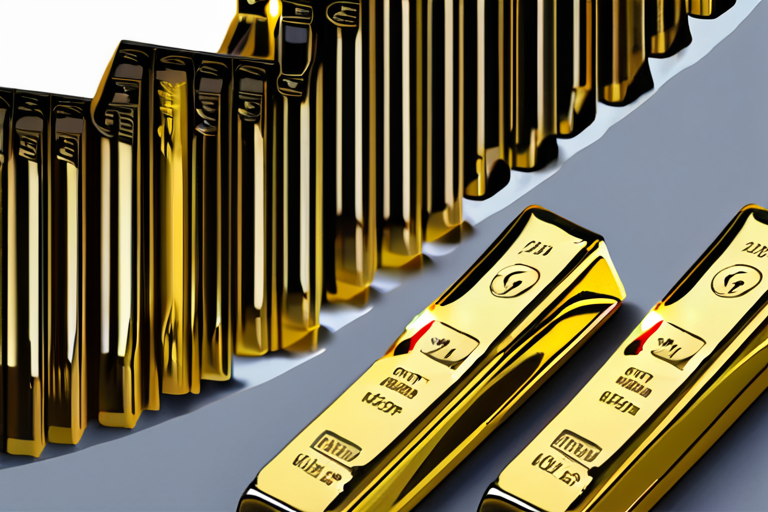





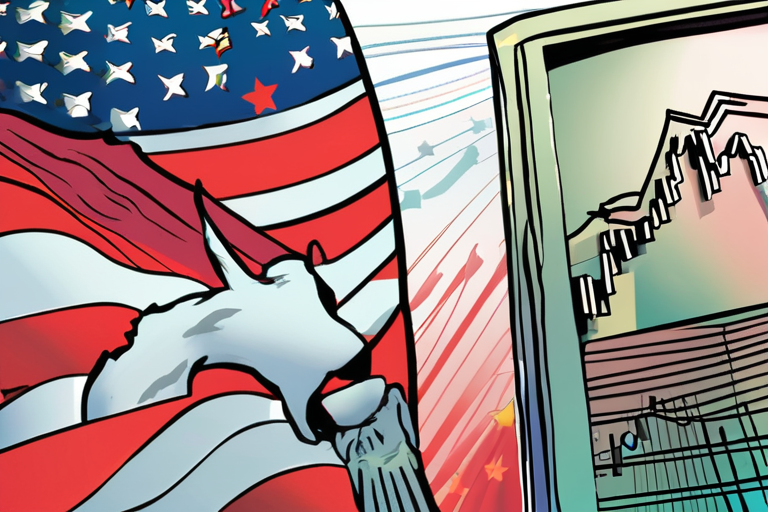






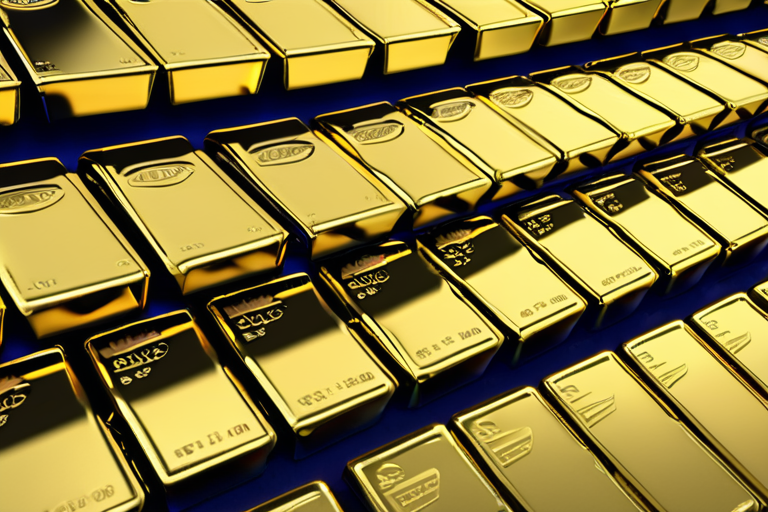





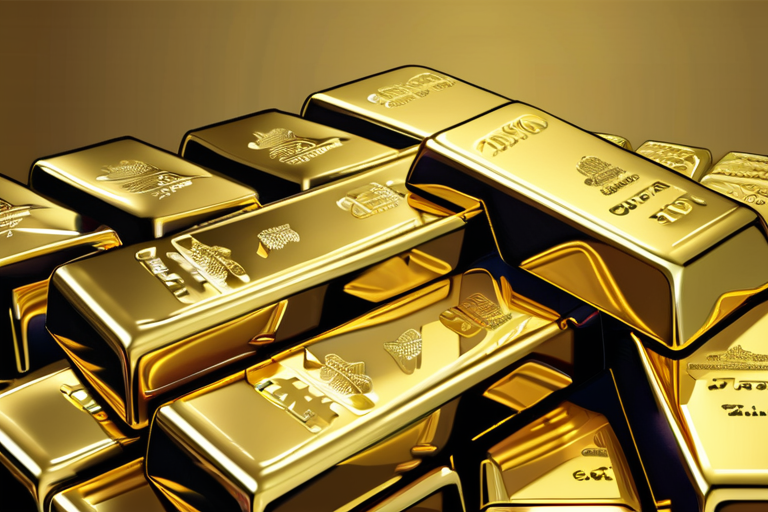
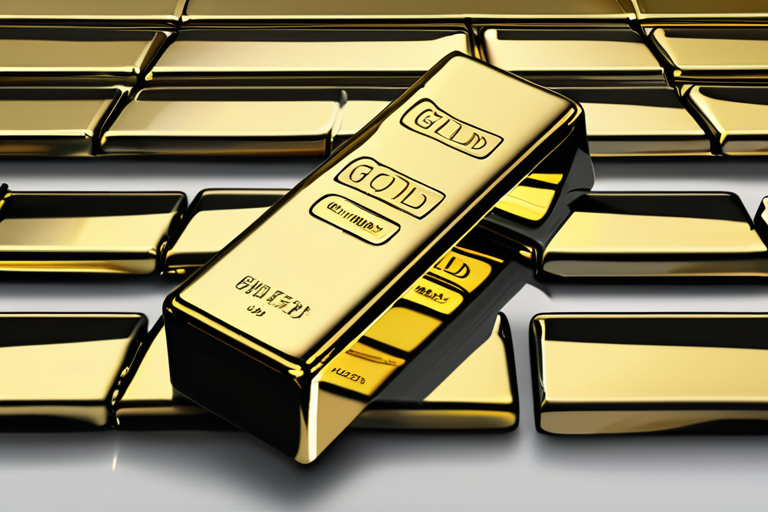
Share & Engage Share
Share this article